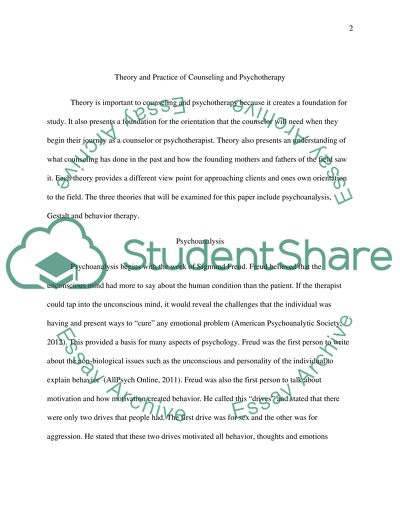Cite this document
(“Counseling and Psychotherapy as a Foundation for New Therapists Essay”, n.d.)
Retrieved from https://studentshare.org/psychology/1448111-theory-and-practice-of-counseling-and
Retrieved from https://studentshare.org/psychology/1448111-theory-and-practice-of-counseling-and
(Counseling and Psychotherapy As a Foundation for New Therapists Essay)
https://studentshare.org/psychology/1448111-theory-and-practice-of-counseling-and.
https://studentshare.org/psychology/1448111-theory-and-practice-of-counseling-and.
“Counseling and Psychotherapy As a Foundation for New Therapists Essay”, n.d. https://studentshare.org/psychology/1448111-theory-and-practice-of-counseling-and.


